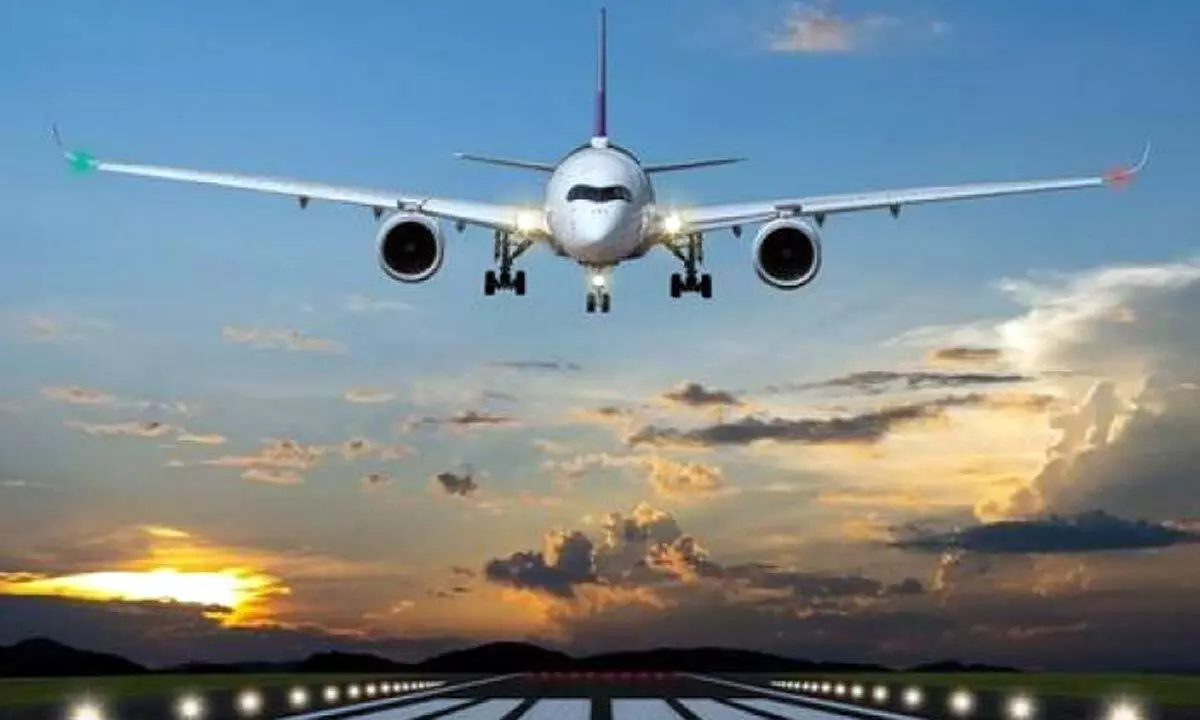Will Indian aviation industry fly to profitability in 2023?
For India, the aviation industry is on an interesting turn as new airlines have entered, new regional routes have been added, changes in the number of aircraft expected in operations, new airports being created and policies are being documented.
image for illustrative purpose

For India, the aviation industry is on an interesting turn as new airlines have entered, new regional routes have been added, changes in the number of aircraft expected in operations, new airports being created and policies are being documented.
Indian airlines are projected to operate more than 700 aircraft by the end of FY23, an increase of 46-52 aircraft vis-a-vis the level in FY22. In FY23, the operating revenue of Indian airlines is forecast to rebound to 116.1 per cent of the pre-Covid-19 level.
Various macro headwinds are expected to result in the depreciation of the Indian rupee. Amidst the volatility, the RBI will step in to ensure an orderly outcome. For FY23 the Indian currency is estimated to average 78-80/USD range. Volatility may cause the exchange rate to rise to 83/USD. Travel is back as demand rises on both domestic and international travel front to near pre-Covid levels, airlines are looking at inducting more aircraft during FY23. For India, the aviation industry is on an interesting turn as new airlines have entered, new regional routes have been added, changes in the number of aircraft expected in operations, new airports being created and policies are being documented.
GDP growth slipped in FY22 (April 2021–March 2022) due to a dip in private consumption and slowing industrial production. Unemployment rates and labour participation rates remained below pre-Covid levels. Consumer sentiment and expectations indices improved but yet to reach pre-pandemic levels.
Merchandise trade, and trade deficit reached historical highs of $1+ trillion and $192+ billion. Import of petroleum, electronic goods, and gold contributed to the high deficit. Industry credit picked up largely due to MSMEs - in part attributable to Covid relief-related support. Low credit offtake by large corporates given limited capex plans and other funding options.
For FY22, the Indian rupee averaged an exchange rate of 74.5/USD and hit the 77/USD mark. It depreciated by 3.6 per cent against the USD. INR depreciation amidst higher volatility is expected to continue in FY23 (April 2022 – March 2023).
The INR was under pressure due to worsening terms of trade especially high crude oil prices monetary policy and quantitative tightening by developed market central banks across the globe USD strength risk aversion sentiment towards EM assets and currencies.
Indian airlines are estimated to report a loss of $3.0 billion (after adjustments) for FY 2022. This estimate is lower than the forecast by CAPA Advisory in its outlook for FY 2022.
CAPA advisory expects domestic and international traffic to be in the range of 130-140 million and 55-60 million in FY 2023, respectively. When it comes to domestic traffic, there is a possibility of higher airfares negatively affecting demand. While for, international traffic, recovery to pre-Covid level expected in H2FY 2024.
In FY22, the operating revenue of Indian airlines was 60.6 per cent of the pre-Covid-level. In FY 2023, Indian airlines are forecast to generate 1,113.1 billion ($14.4 billion) in operating revenue, including 147.6 billion from cargo and ancillaries.

